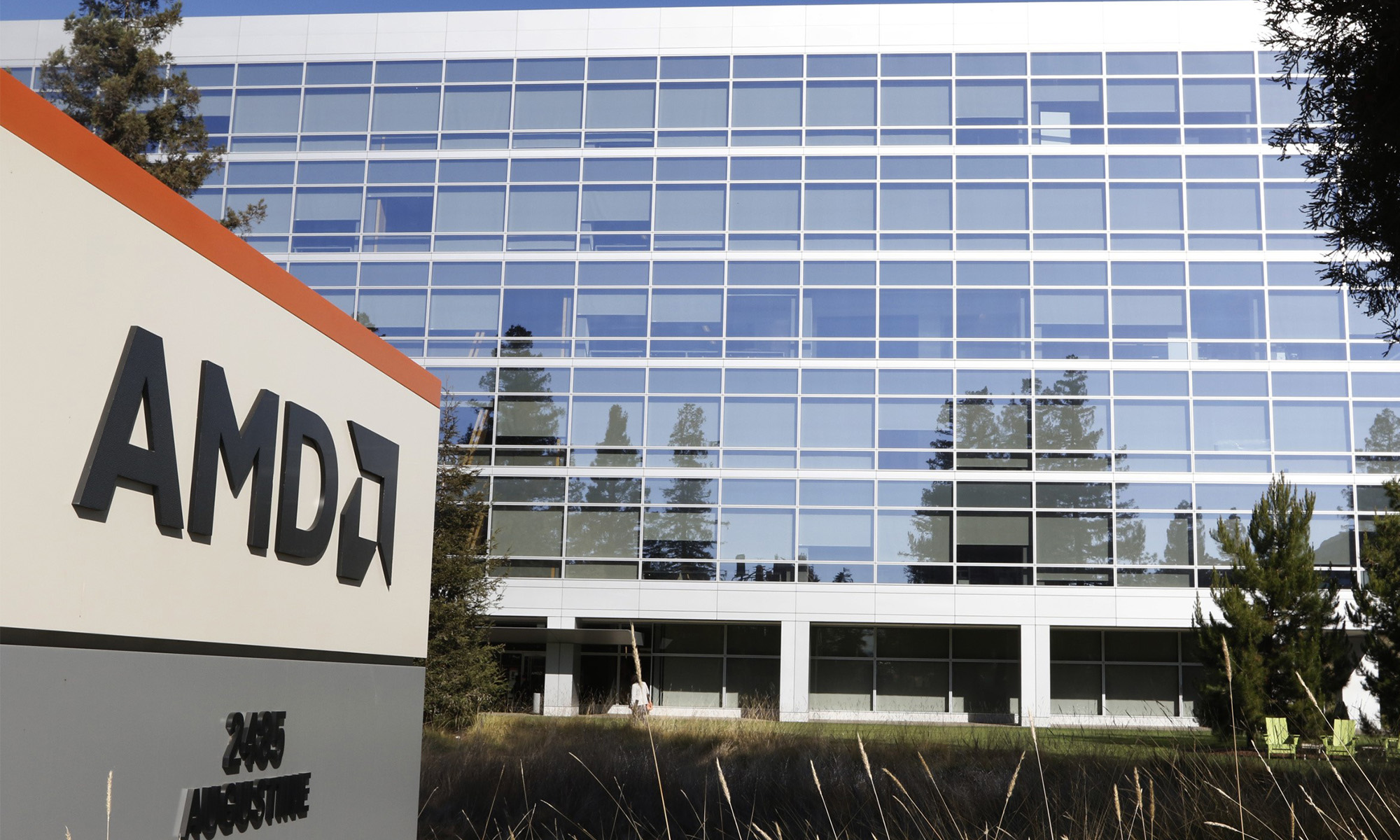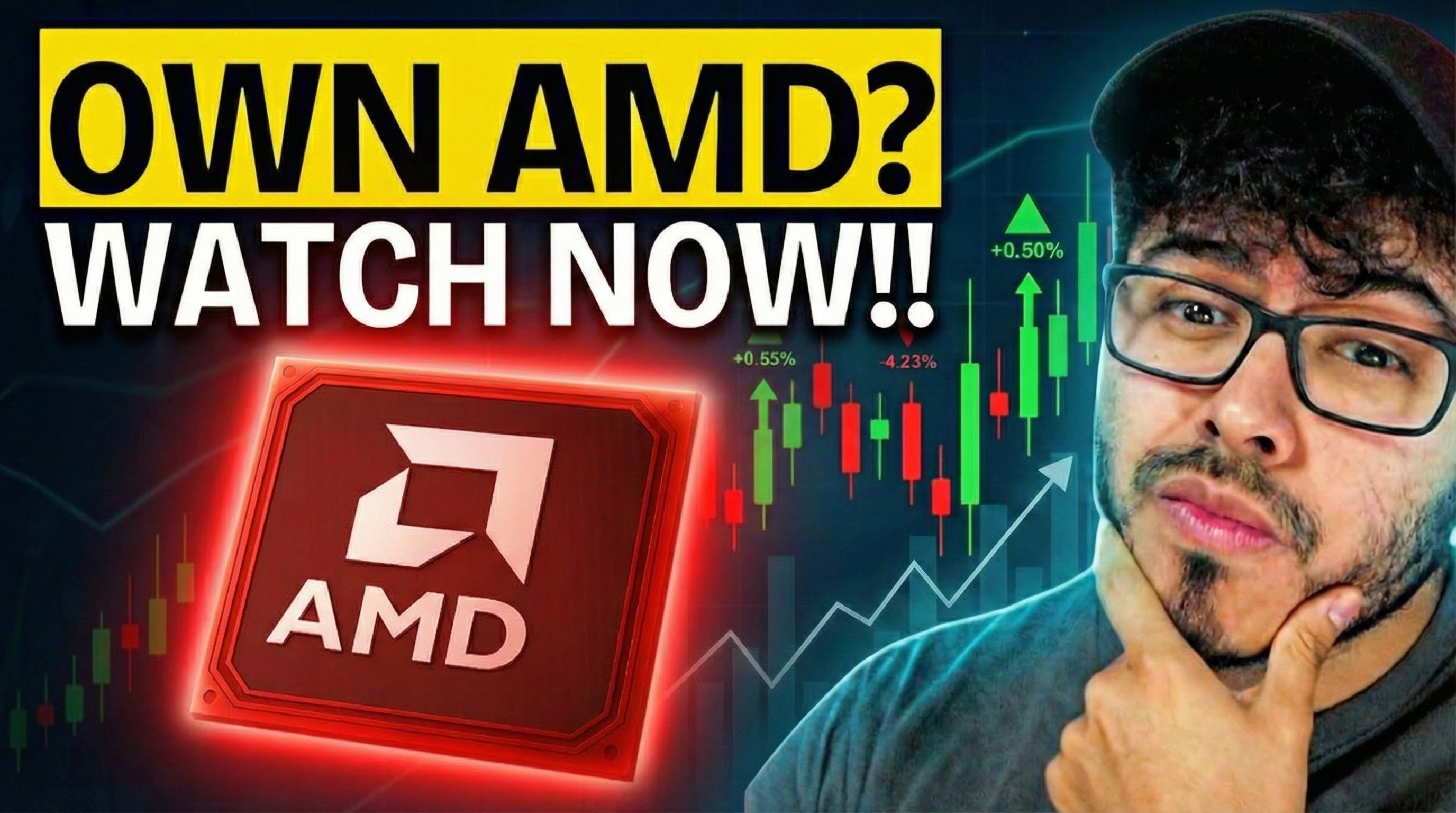A few months ago, NVIDIA (NVDA +1.87%) launched its next-generation "Maxwell" graphics processor under the GTX 970 and GTX 980 brandings. These cards were very widely praised in the press for their class-leading performance and, perhaps more notably, their low power consumption. This put rival Advanced Micro Devices (AMD +1.49%) in a bit of a bind, forcing it to meaningfully lower the prices on its flagship graphics chips.
Many investors and PC enthusiasts alike have been waiting for AMD to respond to NVIDIA's Maxwell graphics processor. Thanks to some leaked performance tests from Chip Hell (via Overclock.net), it seems we might have our first glimpse at how competitive AMD's next flagship graphics processor might be.
Let's talk performance and power consumption
According to the performance test, the next generation AMD card -- referred to as "Captain Jack" -- scored an average of 65.6 frames per second across a whole slew of popular high-end games. NVIDIA's recently launched GTX 980, the fully enabled version of the Maxwell architecture, scores 56.6 frames per second. This implies a 16% performance edge for AMD's supposed new part.
However, given that one of Maxwell's big selling points was its power efficiency, it's also worth taking power consumption into consideration. Fortunately, the user who posted the performance tests also included some power consumption figures for each card at full load.
AMD's new card reportedly consumes 197 watts at full load, compared to 185 watts for the GTX 980 at full load. This implies that AMD's new graphics chip uses approximately 6.5% more power than its direct competitor. Indeed, 16% higher performance for 6.5% higher power consumption would imply a performance-per-watt advantage for the AMD card.
Improved competitive positioning could mean good things for AMD's graphics business
If these performance and power numbers prove legitimate, then AMD will have significantly strengthened its competitive positioning relative to NVIDIA's latest chips. Higher performance is always welcome in this segment of the graphics card market, which could allow AMD to command higher prices for its chips.
Perhaps more importantly, though, is that if these numbers are legitimate, then it implies that AMD has gotten its act together on the power efficiency side of things. While this certainly helps in the desktop gaming market, it is even more important in the notebook gaming market, where thermal envelopes are stricter and battery life a key consideration.
If AMD is able to deliver a competitive high-end graphics part in a timely fashion -- DigiTimes reports that the company's latest card is scheduled for the "first half of 2015" -- then this could help AMD regain lost share in the high-end, high-margin portion of the discrete graphics processor market.








